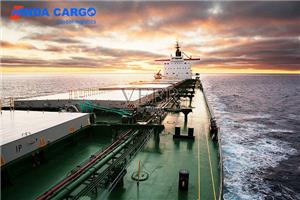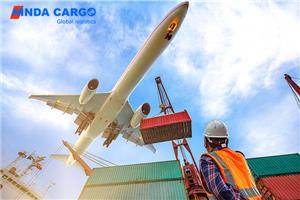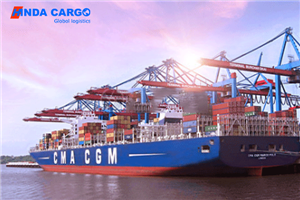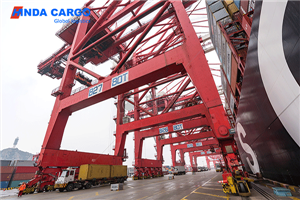How to handle sea freight from China to Australia?
The trade between China and Australia is becoming increasingly frequent, and sea freight has become one of the key ways to handle the transportation of goods. Whether you are a company that needs to export products to Australia or an individual moving to Australia, it is crucial to understand how to handle sea freight from China to Australia. This article will introduce some suggestions and steps to ensure that the goods can be shipped smoothly and efficiently from China to Australia.
1. Choose a suitable port: The primary task is to choose a suitable departure and arrival port. In China, the main departure ports include Shanghai, Shenzhen, Guangzhou, etc., while the main arrival ports in Australia include Sydney, Melbourne, Brisbane, etc. Your choice will be influenced by the type of goods, destination, and time requirements.
2. Determine the nature and quantity of the goods: Before arranging sea freight, you need to clarify the nature, size, weight, and quantity of the goods. This helps to determine the appropriate transportation method and container type. Containers are usually used to transport various types of goods, while bulk carriers are suitable for bulk cargo such as coal, mineral sand, etc.
3. Choose the appropriate transportation method: You can choose LCL transportation (shared container) or FCL transportation (renting the entire container). Full container transportation is suitable for bulk goods or goods that require additional protection, while LCL transportation is suitable for small batches of goods. Make sure to choose the transportation method that suits your needs.
4. Contract and fees: Sign a contract with the shipping companies or international freight forwarding company, specifying fees, payment methods, and service details. The cost usually includes transportation fees, port fees, customs clearance fees, insurance fees, etc. Ensure a clear understanding of all costs and develop a budget.
5. Customs and documentation work: Comply with Australian and Chinese customs regulations and requirements, ensuring that all necessary documents, permits, and certificates are complete. This includes providing commercial invoices, packing lists, proof of goods value, etc.
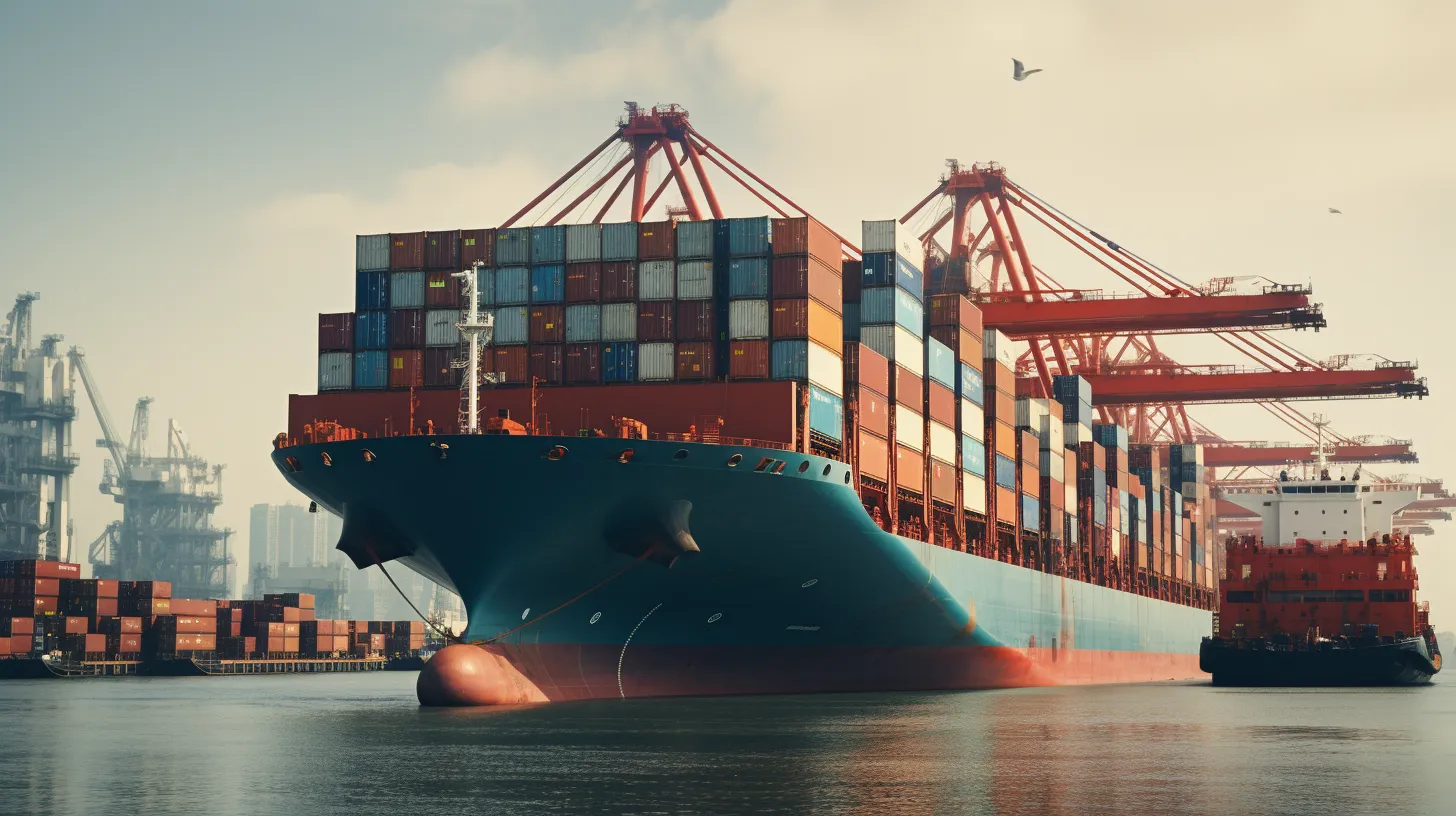
6. Cargo insurance: Consider purchasing cargo transportation insurance to cope with potential risks and cargo losses. Cargo insurance can provide additional security for your goods.
7. Goods tracking and monitoring: With modern logistics technology, you can track and monitor the transportation process of goods, ensuring that they arrive at their destination on time.
8. Regular communication: Conduct regular communication with freight forwarders, shipping companies, and relevant authorities to ensure the smooth transportation of goods. Take timely action to solve problems or delays.
9. Logistics partners: Consider collaborating with experienced logistics companies who can provide professional advice and services to simplify the entire shipping process.
Conclusion: Handling sea freight from China to Australia requires careful planning and execution. Understanding transportation details, complying with regulations, selecting suitable ports and transportation methods, and collaborating with professional logistics partners can all ensure that your goods arrive in Australia safely and on time. With reasonable planning and execution, you can smoothly handle all the challenges of cross-border maritime transportation.

